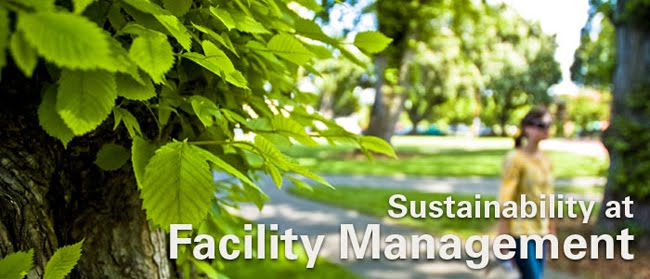 Last summer this blog covered the ecological issues facing the Duwamish River. A few weeks ago, an article was published in the Seattle Post-Intelligencer and InvestigateWest detailing the social aspect of the environmental problems of the Duwamish and how the pollution and degradation is affecting the surrounding communities of Georgetown, South Park, and Beacon Hill.
Last summer this blog covered the ecological issues facing the Duwamish River. A few weeks ago, an article was published in the Seattle Post-Intelligencer and InvestigateWest detailing the social aspect of the environmental problems of the Duwamish and how the pollution and degradation is affecting the surrounding communities of Georgetown, South Park, and Beacon Hill.The social effects of living near the Duwamish Superfund site have previously not been paid close attention. As the article points out:
While there’s been exhaustive analysis of the environmental impact of historical polluters on the river and the health of creatures that live in it, as well as theoretical risk assessments of individual pollutants on human health, relatively little attention has been paid to the actual health status of residents living within the 32-square-mile Superfund site. Nor has there been consideration of the cumulative impact of the many health hazards they face.These surrounding neighborhoods house more than 38,000 residents, and experience a disproportionate amount of health problems compared to the rest of the county. Residents along the Superfund site have the highest rates of hospilitizations due to asthma for children and adults in King County. People in these neighborhoods are also more likely to say their health is poor than elsewhere in the county. More babies are born at lower weights here than most parts of the county, and average life expectancy is significantly lower than the rest of the county.
While the environmental damage from the Superfund site is not solely responsible for these figures, the cumulative impact of environmental pollution along with other social factors make this area one of the most vulnerable communities in Seattle.
The Duwamish situation represents an example of low-income and minority populations bearing a higher environmental risk burden than the general population. Areas of low socioeconomic standing do not need the added burden of environmental hazard. This is an environmental justice issue.
The Duwamish situation represents an example of low-income and minority populations bearing a higher environmental risk burden than the general population. Areas of low socioeconomic standing do not need the added burden of environmental hazard. This is an environmental justice issue.
If you are interested in learning more about the Duwamish River and its surrounding communities, Just Health Action and Duwamish River Cleanup are both actively working on this issue.




No comments:
Post a Comment